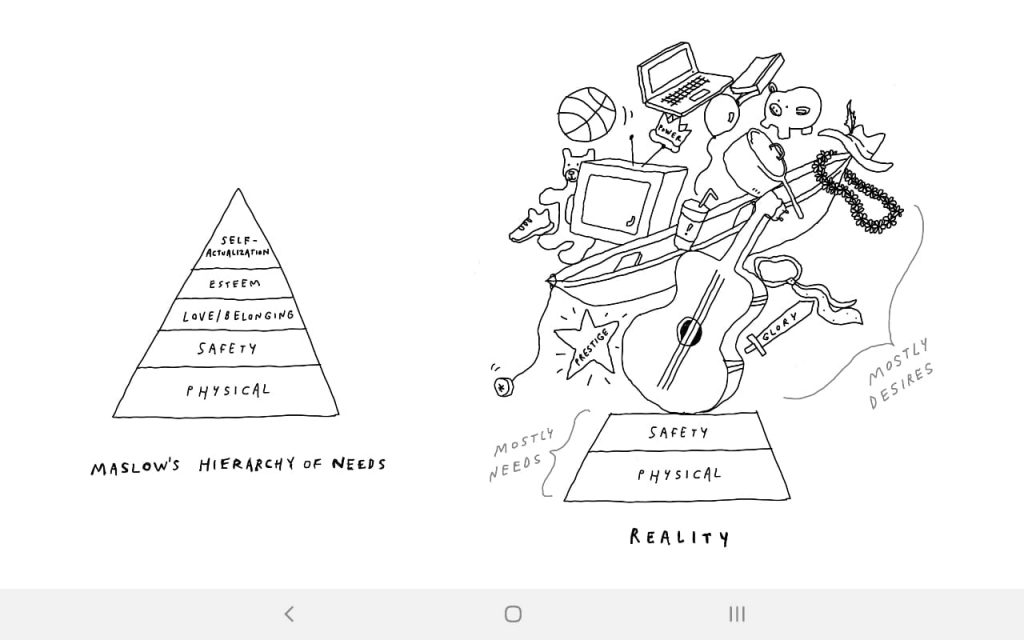In Money From Nothing: Or, Why We Should Stop Worrying About Debt and Learn to Love the Federal Reserve (Amazon,) authors Robert Hockett and Aaron James present a history of the US Dollar and a case for MMT.
What is money? Money has these four features:
- It’s a promissory claim (e.g., an IOU; a promissory note—or what the note stands for).
- It’s transferable (e.g., as with an endorsed bank check; a dollar or euro bill or other unit of currency; or what lawyers call a “negotiable promissory note”).
- It’s widely accepted in the community for settling accounts.
- It fulfills a large share of market obligations, debts, or other liabilities.
What it is not: a store of value.
Dollars are continually spent into existence by federal spending and bank lending. They are then pulled out of circulation by federal taxing and “borrowing” (i.e., sales of Treasury securities). Dollars are constantly being created and destroyed, in hopes of keeping just the right amount of money in circulation.
Milton Friedman explained, quite rightly, that there is no absolute right amount of money. The money supply must grow with rising transaction volumes, lest deflation starve an economy of money needed for rising production.
So far, so good.
The second half of the book makes no sense. The crux of MMT seems to be that you can print how many ever dollars people want and just give to them. Inflation can be controlled by bureaucrats in the Fed who can fix prices, if they want. The logic of the whole thing is very circular. And the authors clearly haven’t met enough career bureaucrats. Their naïveté is terrifying.
Recommendation: Read it to know thy enemies.
